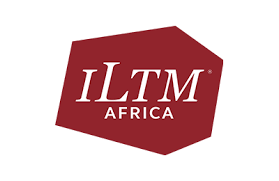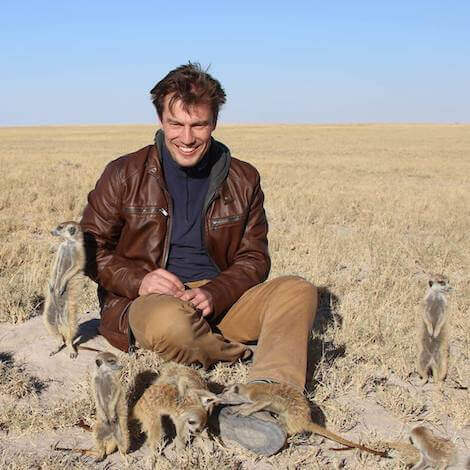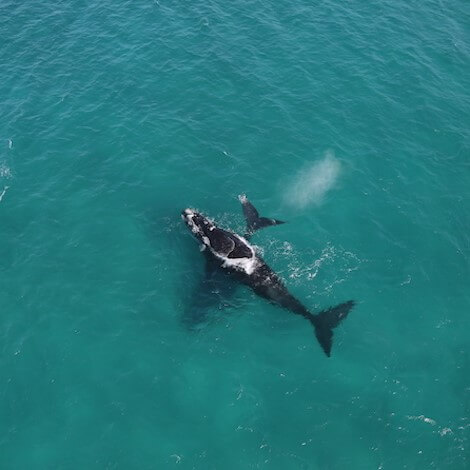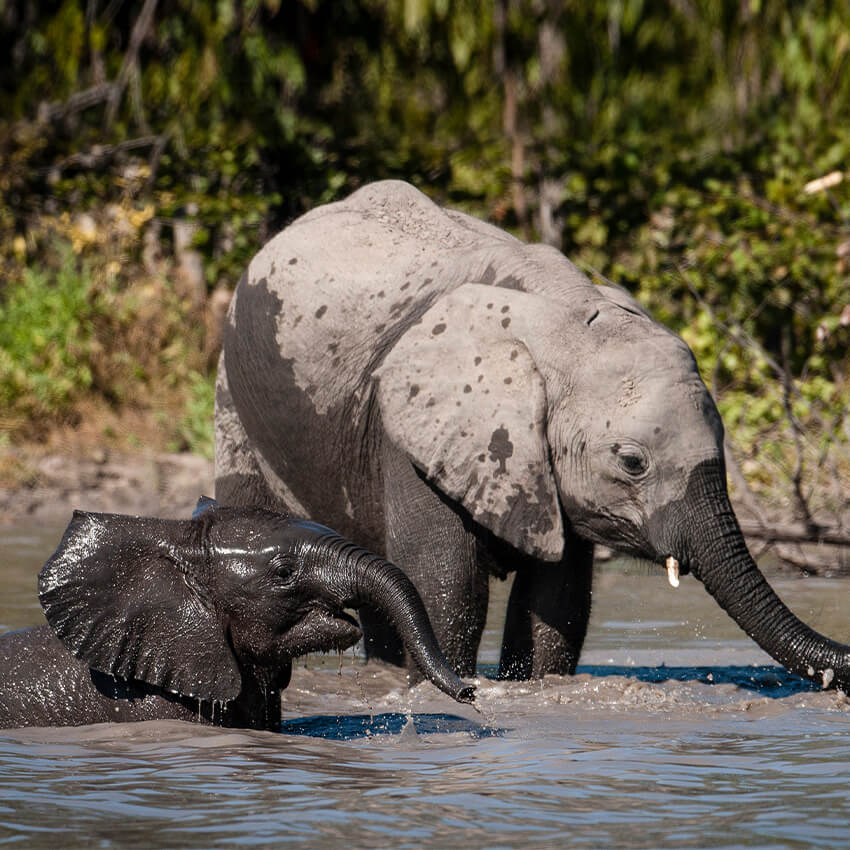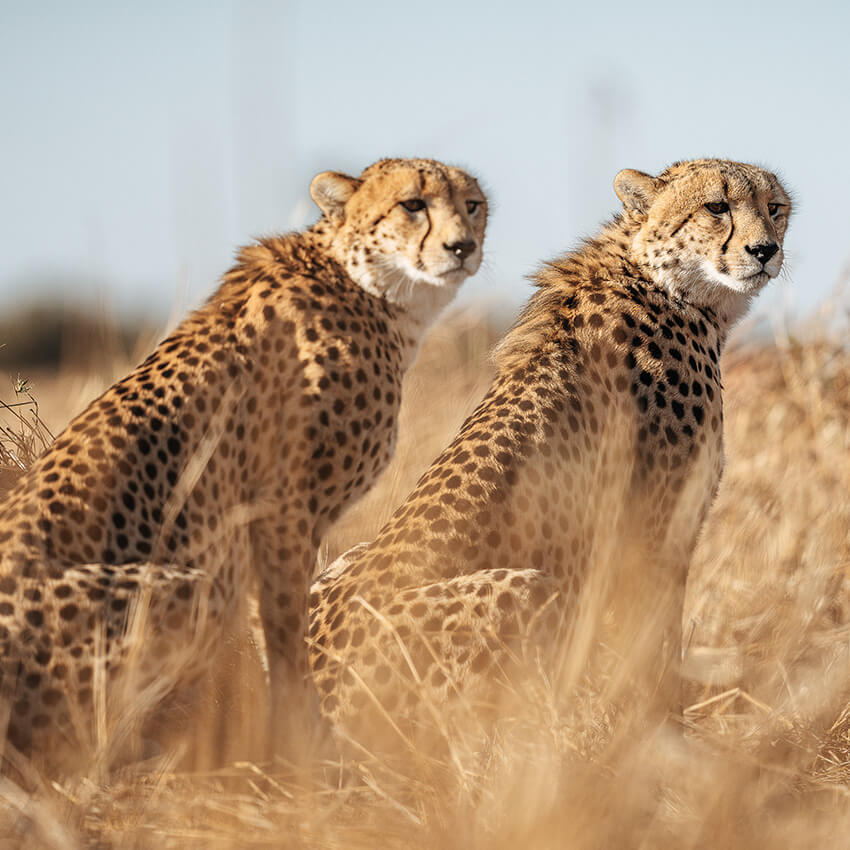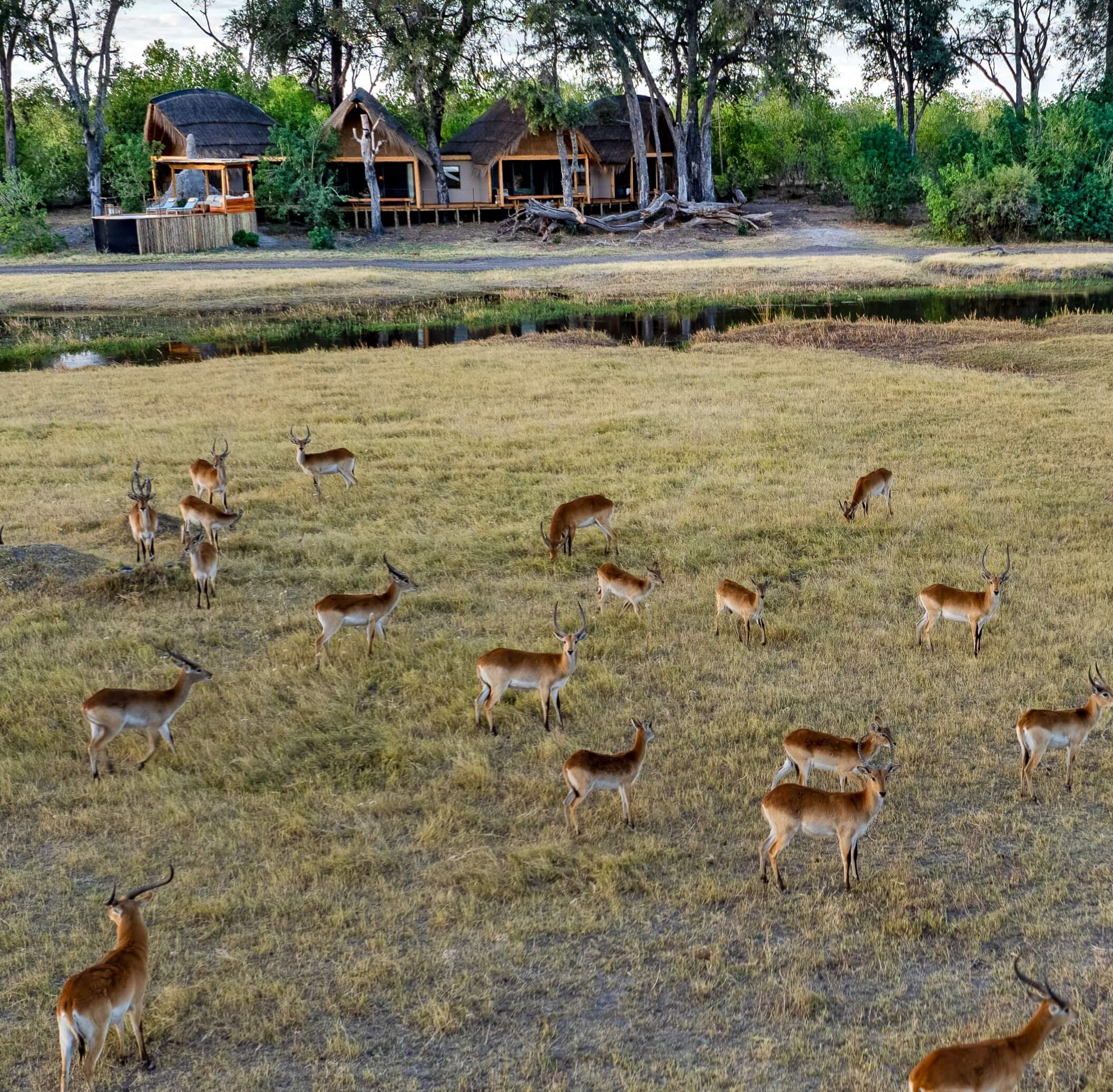Active
Popular
Bee decline continues but there’s hope for southern Africa
 Jennifer Lalley
Jennifer Lalley
 February 01, 2018
February 01, 2018
Over the last decade, several studies in Europe and North America have highlighted a worrying decrease in flying insect populations, particularly bees. At the end of 2017, a German study reported a shocking 76% decrease in flying insects within protected areas. However, when honeybees across Europe, Asia, and Africa were studied in 2010, South Africa was found to have the highest density and genetic diversity of honeybees, most of which were wild.
What is the reason for Europe’s bee decline and South Africa’s less effected honeybee population? It could be honeybees themselves. A study out of the University of Cambridge reveals that habitat loss and insecticides are not the only contributors to the worrying bee decline. It suggests that farmed honeybees contribute to the loss of wild bees and other pollinators by competing for resources and introducing disease. It certainly warrants more research in southern Africa before bee farming further expands, particularly in and around protected areas where it is increasingly used to reduce elephant raiding of agricultural crops.
Global attention on the bee decline relates to the important roles bees play as pollinators, as food chain foundations and in environmental processes and health in general, all to which humans are intrinsically linked. Pollination alone is valued globally at 153 billion euros. As much as 50% of this pollination is from wild pollinators who have proven to be more effective at the job than farmed honey bees. So next time wild bees buzz around your cold drink on safari, welcome them and hope they’ll keep coming back.
For more information see:
Hallmann CA, Sorg M, Jongejans E, Siepel H, Hofland N, et al. (2017). More than 75 percent decline over 27 years in total flying insect biomass in protected areas. PLOS ONE 12(10): e0185809. https://doi.org/10.1371/journal.pone.0185809
Gallai N, Salles JM, Settele J, Vaissière BE (2009). Economic valuation of the vulnerability of world agriculture confronted with pollinator decline. Ecological Economics, 68(3):810-821.
Garibaldi LA, et al., (2013). Wild Pollinators Enhance Fruit Set of Crops Regardless of Honey Bee Abundance. Science 339(6127):1608-1611. http://science.sciencemag.org/content/339/6127/1608.full
Jaffé R et al. (2010). Estimating the density of honeybee colonies across their natural range to fill the gap in pollinator decline censuses. Conservation Biology, 24(2):583-93. https://pdfs.semanticscholar.org/e37b/9813941d0057805c8f111257bb56a866a91e.pdf
Jonas Geldmann J, González-Varo JP (2018). Conserving honey bees does not help wildlife. Science 359(6374):392-393. http://science.sciencemag.org/content/359/6374/392.full
Special Offers
Our special offers are designed to help you experience everything southern Africa has to offer whilst also saving some all-important pennies. Whether you’re about to embark on a once-in-a-lifetime solo trip, or are celebrating a special occasion, have a peek at our offers and see what could be in store for you.












